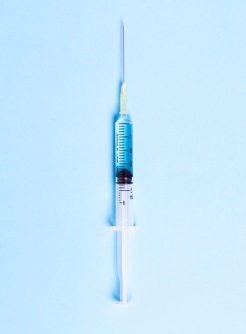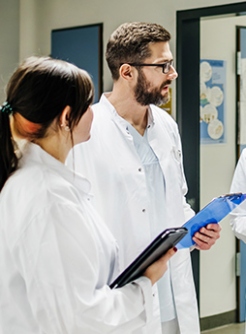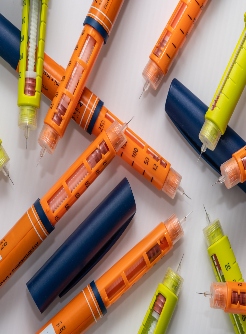Automated Insulin Delivery with Tubeless Patch-Pump and Remote CGM Feasible in Hospital Setting
By Dave Quaile, MD /alert Contributor
January 1, 2024
Automated insulin delivery may be a viable option for hospitalized patients with diabetes, incorporating a disposable tubeless patch-pump and remote real-time continuous glucose monitoring (CGM), according to an article recently published in Diabetes Technologies and Therapeutics.
While multiple daily injection insulin therapy frequently fails to meet hospital glycemic goals and is prone to hypoglycemia, automated insulin delivery (AID) with remote glucose monitoring may shows promise for achieving glycemic goals in future trials.
Co-authors Georgia M. Davis, MD, from the division of endocrinology, metabolism, and lipids and department of medicine at Emory University School of Medicine, Atlanta, and Michael S. Hughes, MD, from division of endocrinology, gerontology, and metabolism and the department of medicine at Stanford University, and colleagues suggest the promise of using closed-loop or AID systems in the hospital setting lies in their ability to react in real time to CGM values and automatically adjust insulin infusion based on internal predictive algorithms to maintain a target range of glycemic control.
“Small, high-quality, European studies using the CamAPS HX algorithm with a tubed insulin pump in the hospital have shown consistent improvements in time-in-range (TIR) compared with standard-of-care multiple daily injection insulin regimens,” the researchers wrote. “These data suggest that using AID can improve glycemic control and avoid iatrogenic hypoglycemia in noncritically ill hospitalized patients.”
The researchers conducted a single-arm multicenter pilot trial to determine the functional operability of the Omnipod 5 AID system and its efficacy in hospitalized insulin-requiring patients with diabetes on non-intensive care units. The primary study endpoints included automated mode usage, TIR (70-180 mg/dl), severe hypoglycemia, diabetes-related ketoacidosis, glycemic parameters, CGM accuracy, and patient satisfaction during a 10-day period.
A total of 22 patients were enrolled in the study, with 18 utilizing the system for a total of 96 days (mean, 5.3 ± 3.1 days per patient). Among the 16 participants with sufficient CGM data, median percent time in automated mode was 95% (interquartile range, 92-98%).
Patients with >48 h of CGM data achieved an overall TIR of 68% ± 16%, with minimal time spent below 70 mg/dl (0.17% ± 0.3%) or 54 mg/dl (0.06% ± 0.2%), and sensor mean glucose was 167 ± 21 mg/dl. The researchers found no incidence of diabetes-related ketoacidosis or severe hypoglycemia, and all participants reported satisfaction with the system at the study’s conclusion.
“This study represents an important initial step in evaluating the feasibility of using an AID system equipped with a tubeless and disposable patch-pump and remote monitoring protocol (insulin delivery and glucose monitoring) in a hospital environment,” the researchers wrote. “Overall, these findings highlight the substantial promise that AID systems hold toward enhancing diabetes management in the hospital, including among patients not previously exposed to advanced diabetes technologies.”
--
Disclosures: Some authors declared financial ties to drugmakers. See full study for details.
Photo Credit: Getty Images.




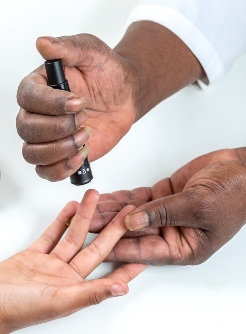
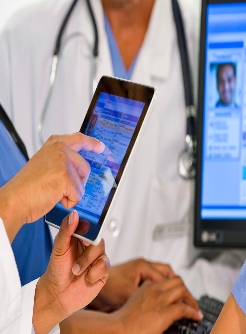


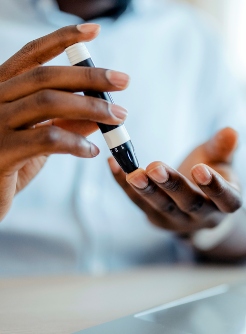

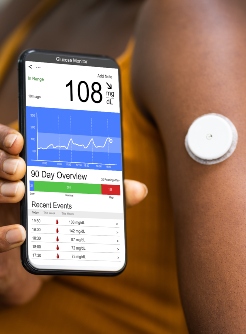











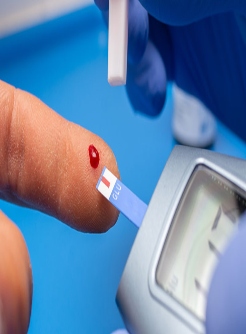

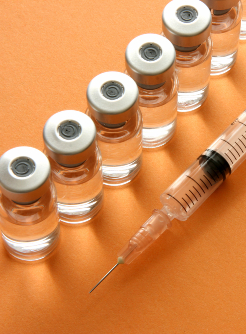

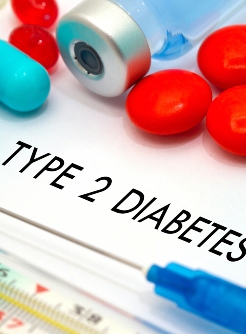



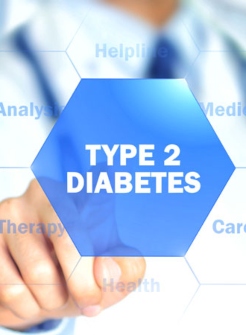
.jpg)
.jpg)

